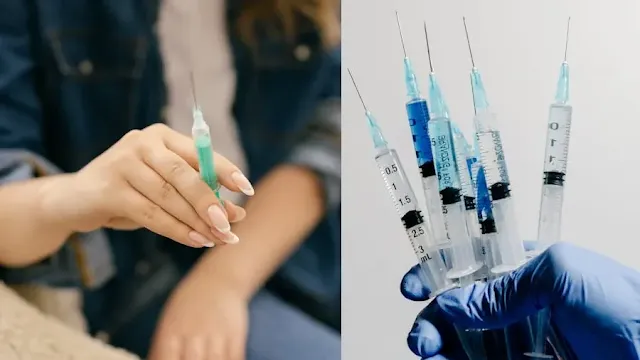Last summer, my uncle, who has a pacemaker, was nervous about his first flight to visit family in Mumbai. After consulting his cardiologist and preparing with his Medical Device ID Card, he navigated airport security smoothly with a pat-down search. His experience taught us that with proper precautions, flying with a pacemaker is not only possible but can be stress-free. Here’s everything you need to know about traveling safely with a pacemaker.
Traveling with a Pacemaker
Flying with a pacemaker is generally safe, but understanding the necessary precautions ensures a smooth journey. A pacemaker, a small device implanted in the chest to regulate heart rhythms, requires special considerations, particularly during airport security screenings. By preparing in advance and carrying proper documentation, you can travel confidently without complications.
Table of Contents
Navigating airport security can be daunting for those with implanted devices. To streamline the process, present your Medical Device ID Card at the initial security checkpoint. This identifies you as a patient with an implanted device, allowing security staff to provide appropriate accommodations. Follow their directions to ensure a hassle-free experience.
India Airport Security and Pacemakers
At Indian airports, passengers with pacemakers should inform security personnel about their medical device before screening begins. Security staff are trained to handle such situations and will offer alternative screening methods. Typically, a hand-held metal detector is used, but it should not be placed directly over the pacemaker. A pat-down search is often conducted to avoid potential interference with the device. Always carry your Medical Device ID Card to facilitate communication.
Does High Altitude Affect Pacemakers?
High altitude typically does not affect pacemakers, as these devices are designed to function under various environmental conditions, including high altitudes. However, changes in air pressure and oxygen levels may cause discomfort for some patients. Consult your healthcare provider before traveling to high-altitude destinations to ensure your pacemaker settings are optimized. Carry medical identification and documentation for peace of mind.
Procedures for Internal or External Medical Devices
If you have an internal or external medical device, such as a pacemaker, defibrillator, or metal implant (e.g., artificial knee or hip), follow these guidelines for a smooth airport security experience:
- Inform Security Personnel: Notify security staff about your medical device before screening begins to receive appropriate accommodations.
- Medical ID Card: Carry a medical ID card or a letter from your doctor explaining your condition and device to expedite the process.
- Alternative Screening: Request a pat-down inspection if you’re concerned about metal detectors or full-body scanners.
- Avoid Direct Contact: Ensure hand-held metal detectors are not placed directly over your pacemaker to prevent interference.
- Pre-Boarding Arrangements: Request pre-boarding with your airline to allow extra time for security without rushing.
Special Considerations
- Artificial Joints: If you have an artificial knee, hip, or other metal implant, inform security personnel, as these can trigger metal detectors, requiring alternative screening.
- Defibrillators: Follow the same procedures as pacemakers to avoid issues during security checks.
4 Things to Avoid with a Pacemaker
To ensure your pacemaker functions properly, avoid the following:
- Strong Electromagnetic Fields: Avoid prolonged exposure to devices like MRI machines or large magnets, as they can interfere with your pacemaker.
- Direct Pressure on the Device: Avoid activities or positions that put pressure on the pacemaker, such as tight straps or heavy objects resting on your chest.
- Certain Medical Procedures: Inform healthcare providers about your pacemaker before procedures like radiation therapy or diathermy, which may affect the device.
- Improper Screening at Airports: Ensure security personnel avoid holding metal detectors over your pacemaker for too long to prevent temporary interference.
How Soon Can I Fly After Pacemaker Surgery?
The timeline for flying after pacemaker surgery varies depending on individual recovery. Most doctors recommend waiting at least 4-6 weeks to ensure the surgical site has healed and the device is functioning correctly. Consult your cardiologist to confirm when it’s safe to travel, especially for long flights or high-altitude destinations. Always carry your Medical Device ID Card and any relevant medical documentation.
Traveling with a pacemaker or other medical devices requires extra preparation, but it’s entirely manageable. By informing airport security, carrying documentation, and consulting your doctor, you can enjoy a hassle-free journey. For more information, visit The Heart Clinic or Boston Scientific’s pacemaker travel guide. Safe travels!










